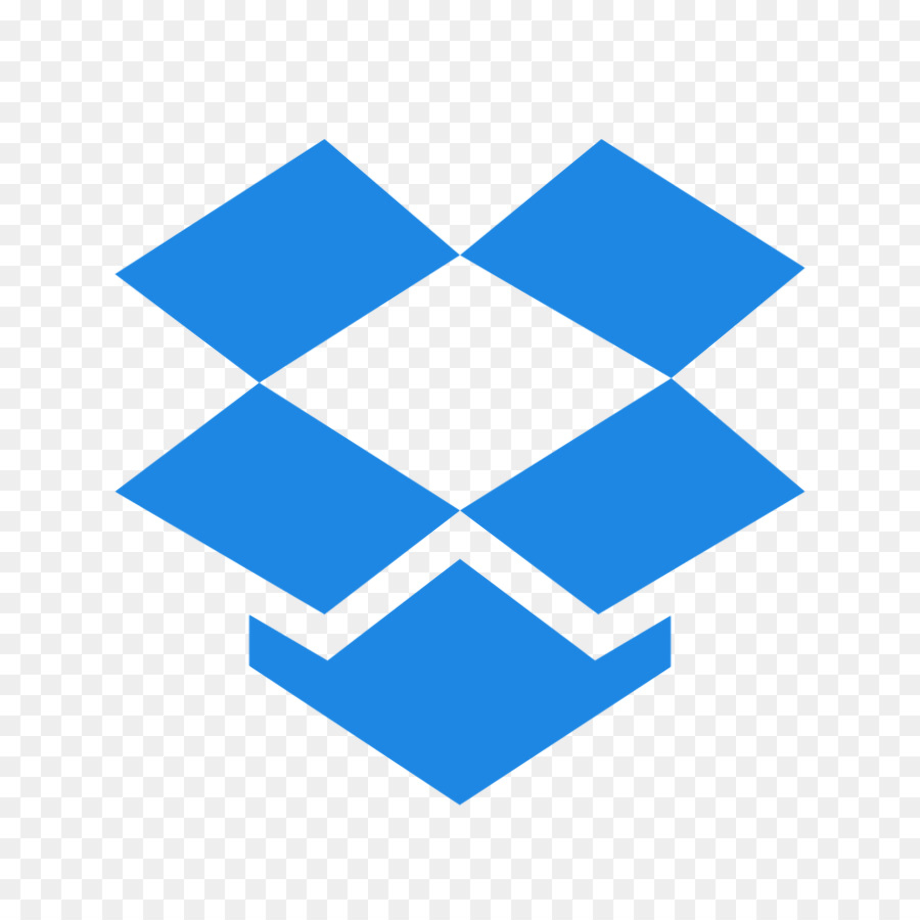
On the other hand, Paper takes things to the next level. You cannot have paragraphs with boxes on the same note.

Notes can be of two types: with or without checkboxes. You just enter a title, take notes, and add links or images. You can’t use bold, italics or even indentation. Both Keep and Paper take a different approach here. Formatting NotesĬreating notes and jotting down ideas is one thing, but there is a lot more to digital notes than that. Many users will certainly appreciate that. You can export the notes created in Paper in PDF and markdown format.

As such, it is not the fastest note-taking app but allows you to organize notes differently, and for some users, better way. There is no way to create folders.ĭropbox Paper follows a hierarchy system where you can create folders and notes inside them. Start typing whatever you have on your mind, tag the note, color code it, and forget it. As such, when you open the app for the first time, you will see the cursor right inside the new note section.

Google Keep helps you take notes quickly. Let’s see how these two note-taking powerhouses differ from each other, and what are their target audience. Dropbox Paper is also free, integrates with Dropbox, offers rich formatting, and allows you to display pretty much everything on the web. I recently started paying more attention to Dropbox Paper after a fellow tech blogger wouldn’t stop raving about it.


 0 kommentar(er)
0 kommentar(er)
